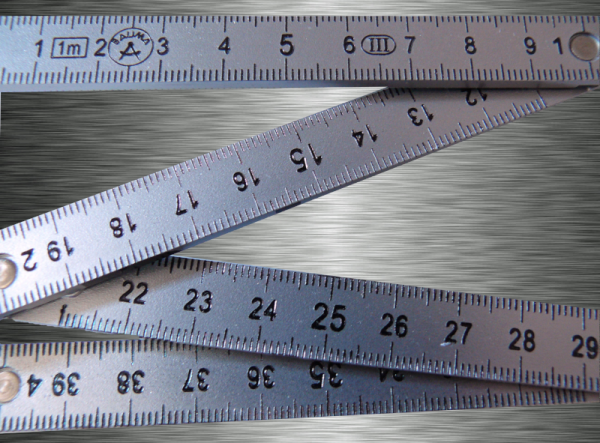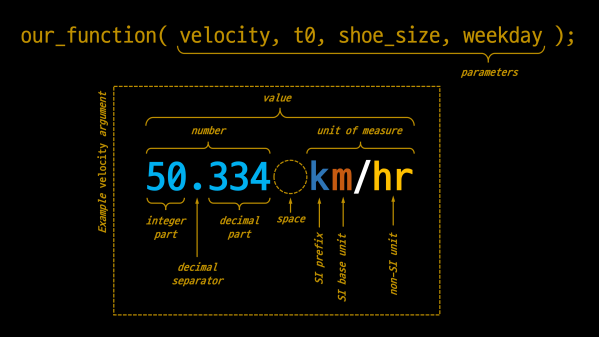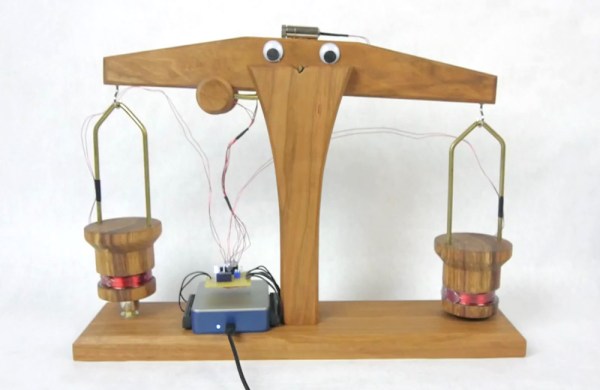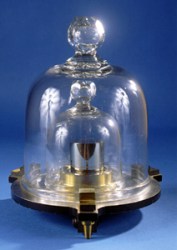It always fascinates us that every single thing that is made had to be designed by someone. Even something as simple as a bag and box that holds cereal. Someone had to work out the dimensions, the materials, the printing on it, and assign it a UPC code. Those people aren’t always engineers, but someone has to think it out no matter how mundane it is before it can be made. But what about the terms we use to express things? Someone has to work those out, too. In the case of metric prefixes like kilo, mega, and pico, it is apparently the General Conference on Weights and Measures that recently had its 27th session. As a result of that, we have four more metric prefixes to learn: ronna, quetta, ronto, and quecto.
Apparently, the new prefixes are to accommodate “big data” which is rapidly producing more data than there are atoms in the Universe. There were actually proposed earlier in a slightly different form but accepted at the conference. Apparently quecca is too close to a Portuguese swear word. So what do these actually mean? A QB (quettabyte) would be 1030 bytes while an RB (ronnabyte) is only 1027. So 1 QB would be 1,000,000 yottabytes (YB) the previous top of the scale.
Continue reading “New Metric Prefixes Get Bigger And Smaller”
















